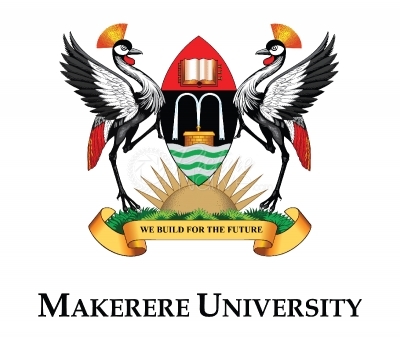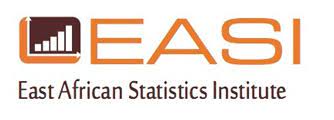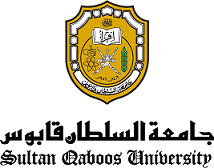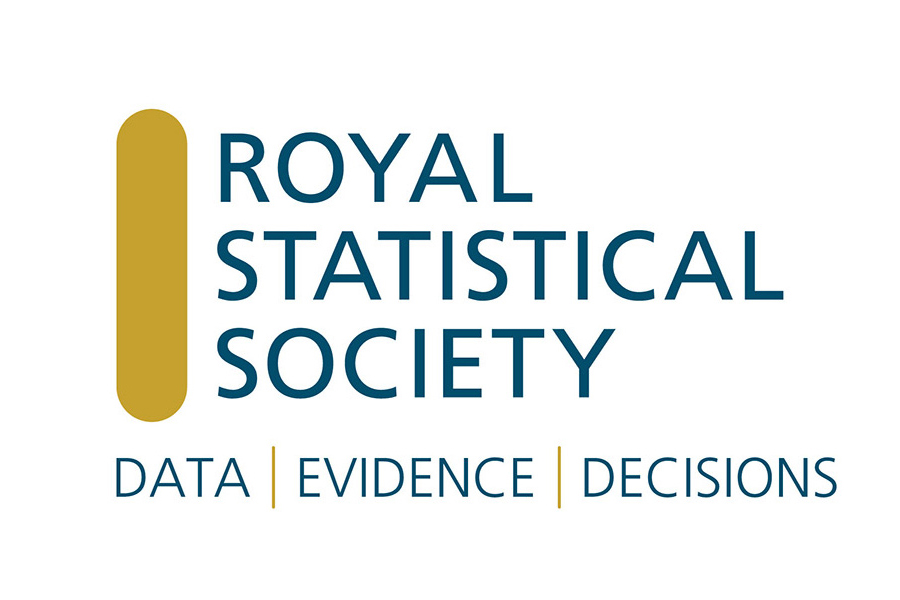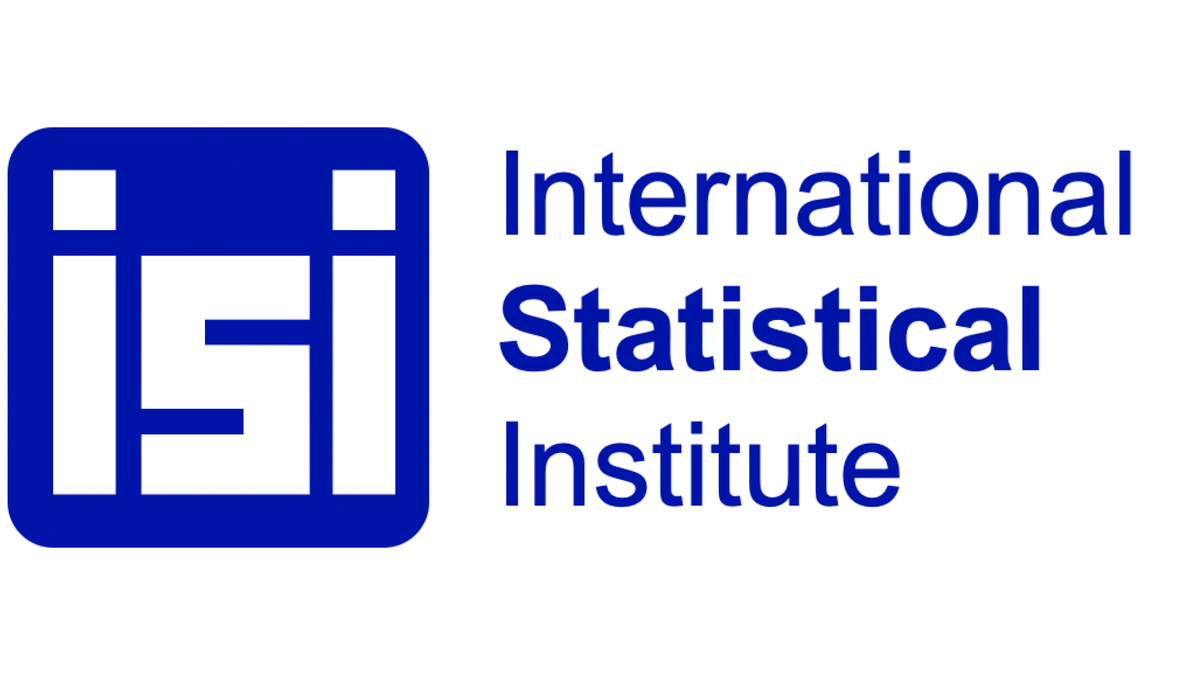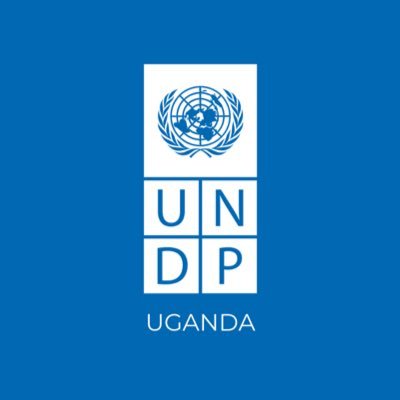Ronald Wesonga holds Ph.D. in Statistics and is a professional statistician with vast knowledge, skills and experience gained over the years through collaboration networks with other experts all over the world. He is keen on developing a hybrid between statistical theory & computational theory with applications. His current focus is on estimable biases in generalized linear models and misclassification problems with two Ph.D. students currently involved under his supervision. He heads the data science analytics lab (DSAL) in the Department of Statistics, a central research group used to collaborate on various datacentric statistical problems for informed decision-making to support international sustainable development goals (SDGs).
He has also got experience in the development and management of online database systems and management of information systems including the European Union Satellite Information and communication technologies related to Weather and Climate data. His interests lay in developing methods that link statistics, computing and sustainable development by providing real solutions through data modeling. His PhD research is focused on aspects of modeling using stochastic optimization techniques and since then many innovations have been implemented at Entebbe International Airport, his case study.
Dr. Ronald Wesonga has authored and widely published in international referred journals as indicated online at researhgate.net and scholar.google.com. He dynamically continues to be actively present in the research arena developing research that present solutions to the real world problems.
Career: Besides research work, Dr. Wesonga has taught and developed curricula development for both undergraduate and postgraduate degree programmes. Some of the courses taught include; statistical methods, sampling, probability theory, stochastic models, statistical computing, data mining, computer programming, management of information systems, data structures and algorithms among others for degree programmes leading to award of Bachelor of Statistics, Master of Statistics and Ph.D.
Honours: For his excellent work at the then, Institute of Statistics and Applied Economics, Makerere University, Dr. Ronald Wesonga was honored with a scholarship to study his Ph.D. in Statistics.
Dr. Ronald Wesonga has represented his country on a number of occasions, including; 58th World Statistics Congress of the International Statistical Institute (ISI), Dublin, Ireland (2011): I represented School of Statistics and Planning, Makerere University, Kampala and participated in a number of conference workshops and meetings.
57th World Statistics Congress of the International Statistics Institute (ISI), Durban, South Africa (2009): Statistics: Our Past, Present and Future: I Presented a Paper: Stochastic optimization model for monitoring millennium development goals: case of HIV/AIDS.
International Statistical Conference by South African Statistical Association (SASA), Pretoria, South Africa (2008): I Presented a paper: Stochastic optimization model for monitoring millennium development goals: case of HIV/AIDS.
3rd International Conference on Agricultural Statistics, Beijing China (2007): I Presented a Paper: Stochastic Optimization Models for Agricultural Management Using Remote Sensing Technologies.
International Civil Aviation Organization (ICAO) – MET Workshop (Co-jointly with the 15th Session of the WMO Commission for Aeronautical MET (CAeM) Including Technical Conference; ICAO Headquarters, Montreal, Canada (2014): I was the Uganda Country Representative.
11th EUMETSAT User Forum in Africa, Johannesburg, South Africa (2014): I was the Uganda Country Representative. Decisions and discussions were focused on exploitation of the European Satellite Data for the benefit of African countries.
10th EUMETSAT User Forum in Africa, Addis Ababa, Ethiopia (2012): I was the Uganda Country Representative. Decisions and discussions were focused on exploitation of the European Satellite Data for the benefit of African countries.







